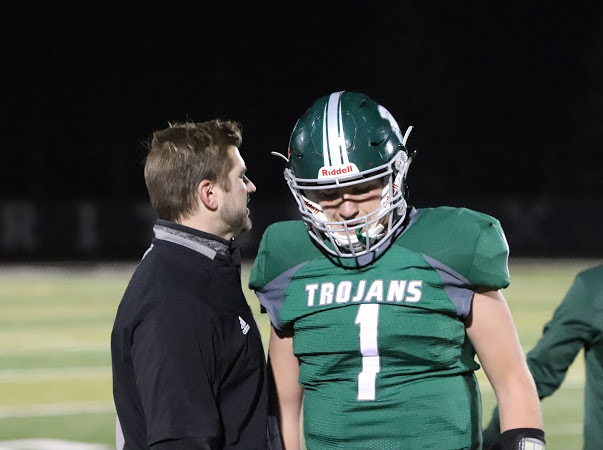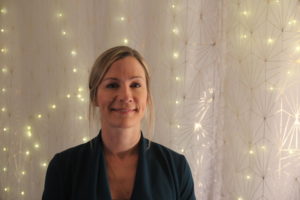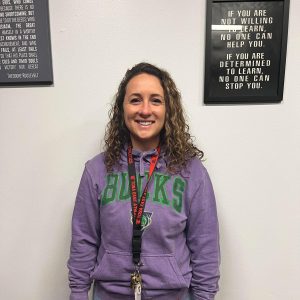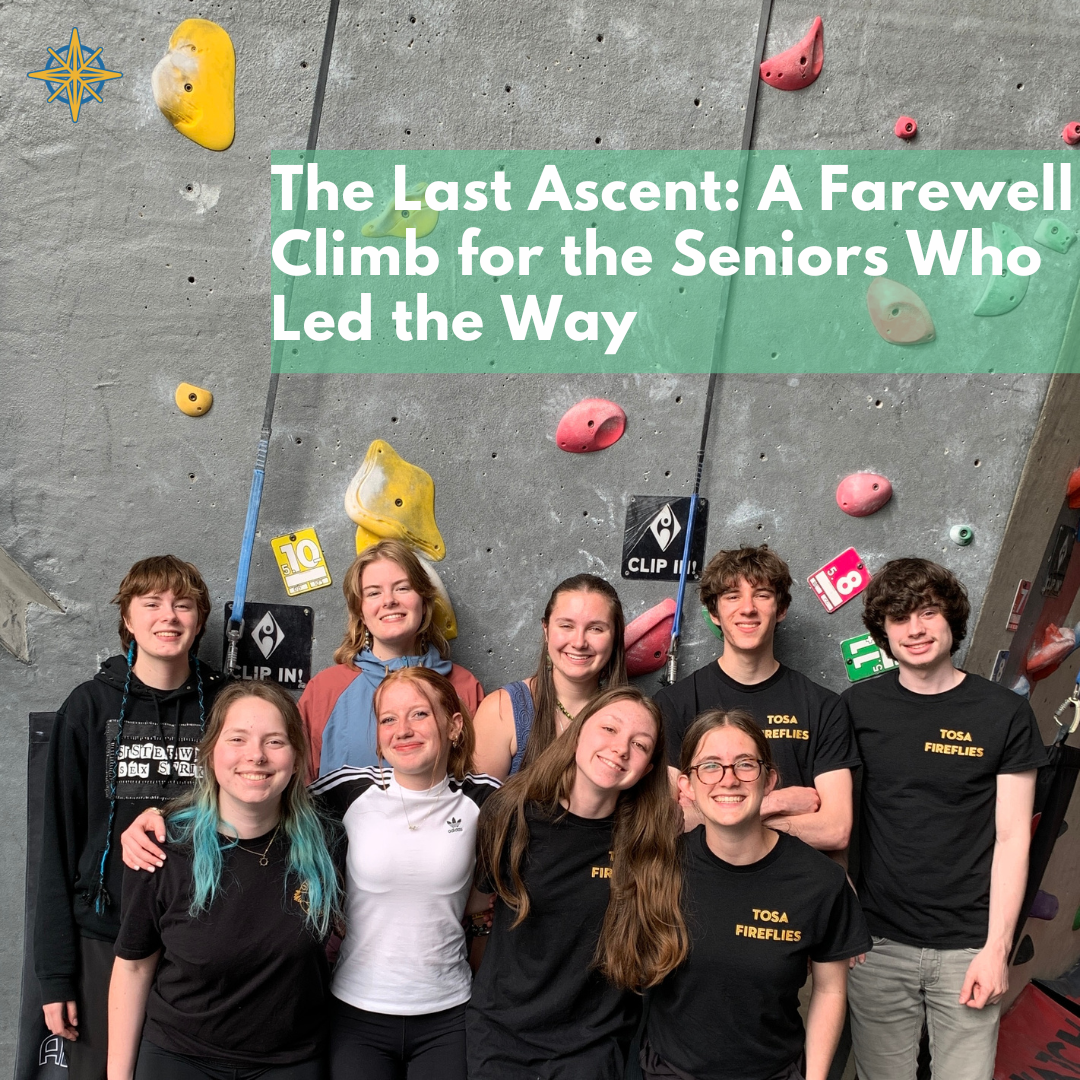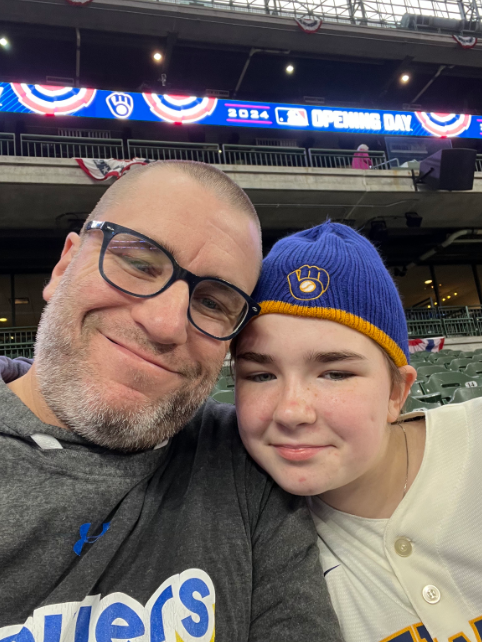West Staff Balance Teaching and Coaching
Wauwatosa West Math Teacher Andrew Kolstad coaches the Varsity Football team during a game.
January 8, 2020
Starting in March, Wauwatosa West Teacher Erin Coogan wakes up every morning with multiple things on her mind. She gets ready to start teaching by 8:00 and by 3:10 is ready to put her feet up and take a breather. However, she is out on the soccer field coaching the JV girls soccer team Monday through Friday.
Teachers who double as coaches spend a large amount of their time with students and athletes throughout the school year. Many learn to balance the needs of the sport and the class they teach.
“I think I’m just able to do it, I can multitask pretty well. And if stuff needs to get done tomorrow, it will get done tomorrow it’s not going to get done right now,” said JV girls soccer coach Erin Coogan.
The coaches take on big responsibilities when they choose to be a coach as well as a teacher.
“Practices are very difficult to organize mostly because you’re dealing with a team of about 70. And so to get 70 people moving nonstop for two hours is a logistical headache,” said Varsity football coach Andrew Kolstad.
Coaches schedule practices, games, meetings, while staying on top of their teaching.
“It’s really difficult. I’m in this building sometime for 12 hours a day. And the fact that I do two seasons can be quite challenging. Girl season starts in August and boys season doesn’t end till the end of February,” said Varsity swim coach Heidi Hegwood.
Coaches have a large impact on student athletes. High school can be stressful, and many students say that having a coach in the building to go to is very helpful.
“That’s very uplifting to be a part of a team, to feel like you’re part of a core group of people that become your friends working for a common goal that is really the most rewarding thing,” said Kolstad.
Coogan has been a coach for 7 years with the last 3 at Tosa West.
“The rewarding thing is seeing the girls at school because I work with a small population of students, so I like seeing more people in the hallways that recognize me,” said Coogan.
Hegwood grew up swimming.
“I absolutely love swimming, my family and my mom specifically said I was a fish in the water. But when I got to high school, I had Mike Slagle as my coach. He was a big mentor, to actually all of the people in my family as well as myself. I swam in college, continued to love swimming, and continued to see success in it,” said Hegwood.
Hegwood began her coaching journey relatively young.
“I started teaching swim lessons when I was 16,” Hegwood said. “I found my first head coaching position at Franklin. That’s where I started the wall which was the boys head coaching position and worked at a couple other schools before getting a teaching job here along with the girls head coaching.”
Coach Hegwood grew up knowing she was drawn to coaching swim, while Coach Kolstad took some time before he knew he wanted to coach.
“I don’t think I knew I wanted to be a coach till I started coaching camps in college. I somehow fell into really loving to coach because if you look at every profession that exists in the world, I would say that 99% of them involve you helping somebody. So that was kind of my shtick is doing it on the football field,” said Kolstad.
Most coaches use their experience to continue their passion and provide an opportunity for others to gain that passion was.



